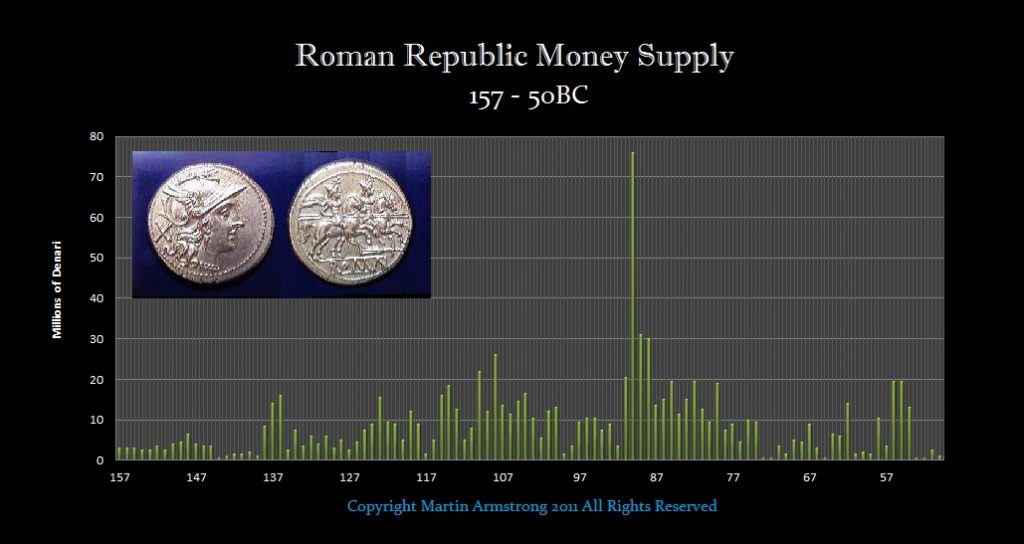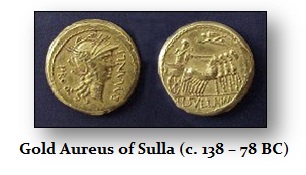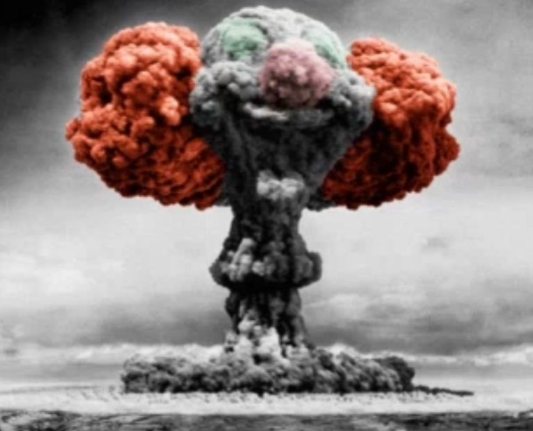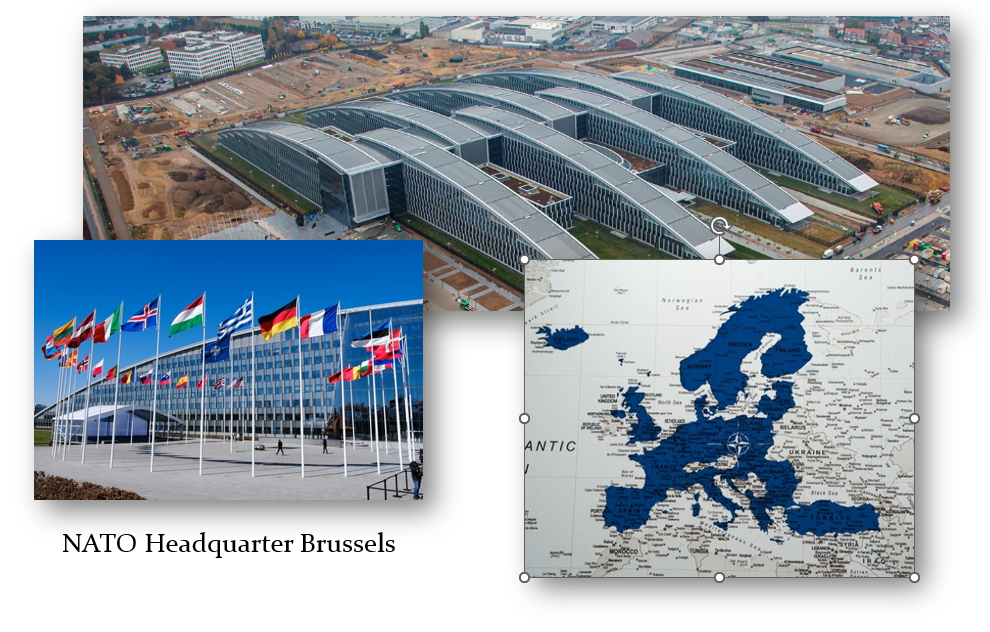QUESTION: Your chart on the Roman money supply shows a huge spike going into 87BC. Was that just because of the Social War?
GS
ANSWER: No. During the autumn of 88 BC, there was a massacre of more than 80,000 unsuspecting Roman civilians which took place in Anatolia (western Turkey). The victims were Roman and Italian merchants, slave-traders, and tax collectors. The Romans had conquered that region and many went there to colonize the new province. They were deeply hated by the local population. There was a revolution so to speak that unfolded in 88 BC. The Roman migrants were all massacred right down to the women and children. It was carried out by the local Anatolians, who were composed of both Greeks and Jews. It was well organized for it took place in more than a dozen cities all simultaneously. They exterminated the Roman presence in the region.
The massacre sent a shock wave into the Roman financial system. An economic crisis unfolded in the Roman Republic, which came at the worst time for this is when there was a slave uprising and escalating violence. This was NOT the more famous slave uprising led by Spartacus. That comes into play about 10 years later. They took advantage of the fact that the Roman legions were occupied with the war in Asia.
With this massacre, the Roman Senate declared the perpetrators as Rome’s ‘most wanted enemy’ and dispatched the famous Consul Lucius Cornelius Sulla having received the mandate by lot. He was given several legions fresh from the Social War to implement the mandate — a search and destroy mission. The ensuing wars would drag on for decades, spanning two continents and became known as the First Mithridatic War (88–84 BC) began with a declaration of war by the Senate.
As we can see, when war breaks out, the need for governments to spend more has always unfolded since the dawn of recorded time.











